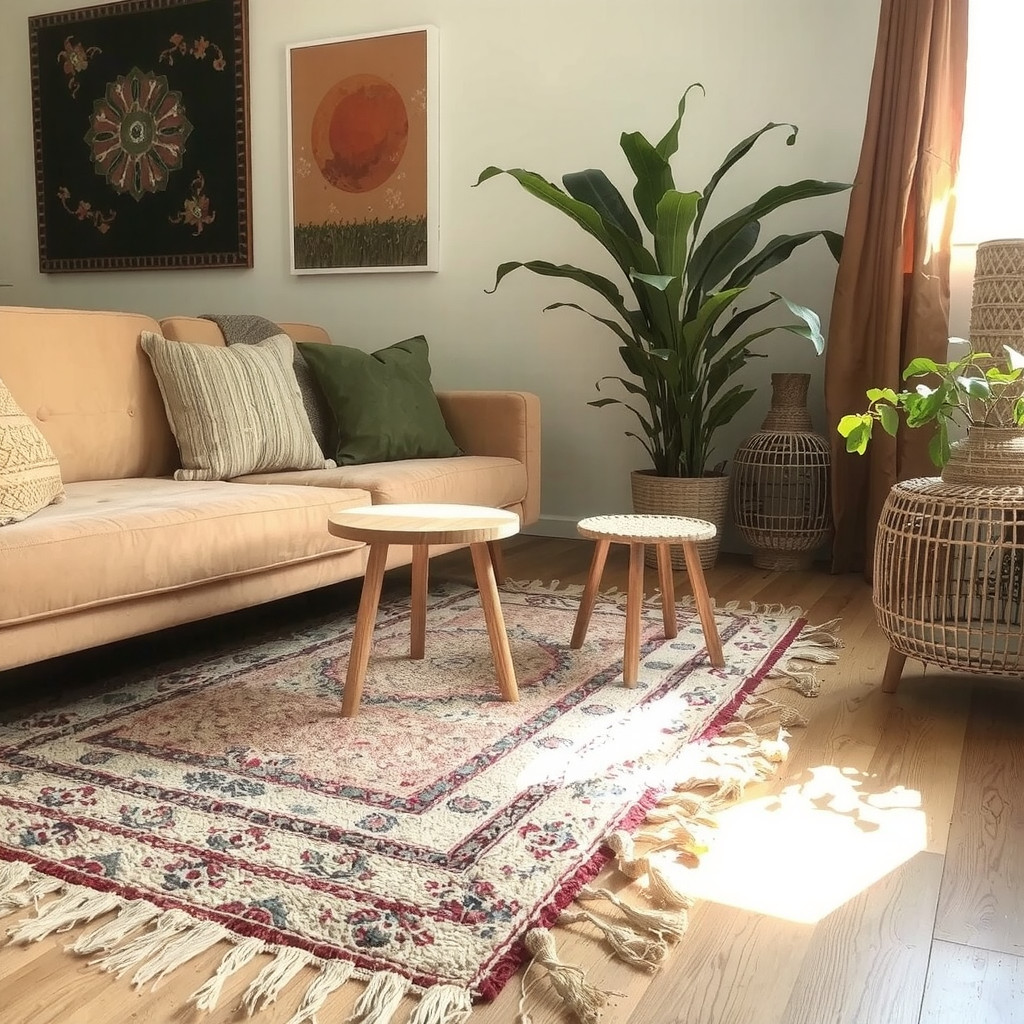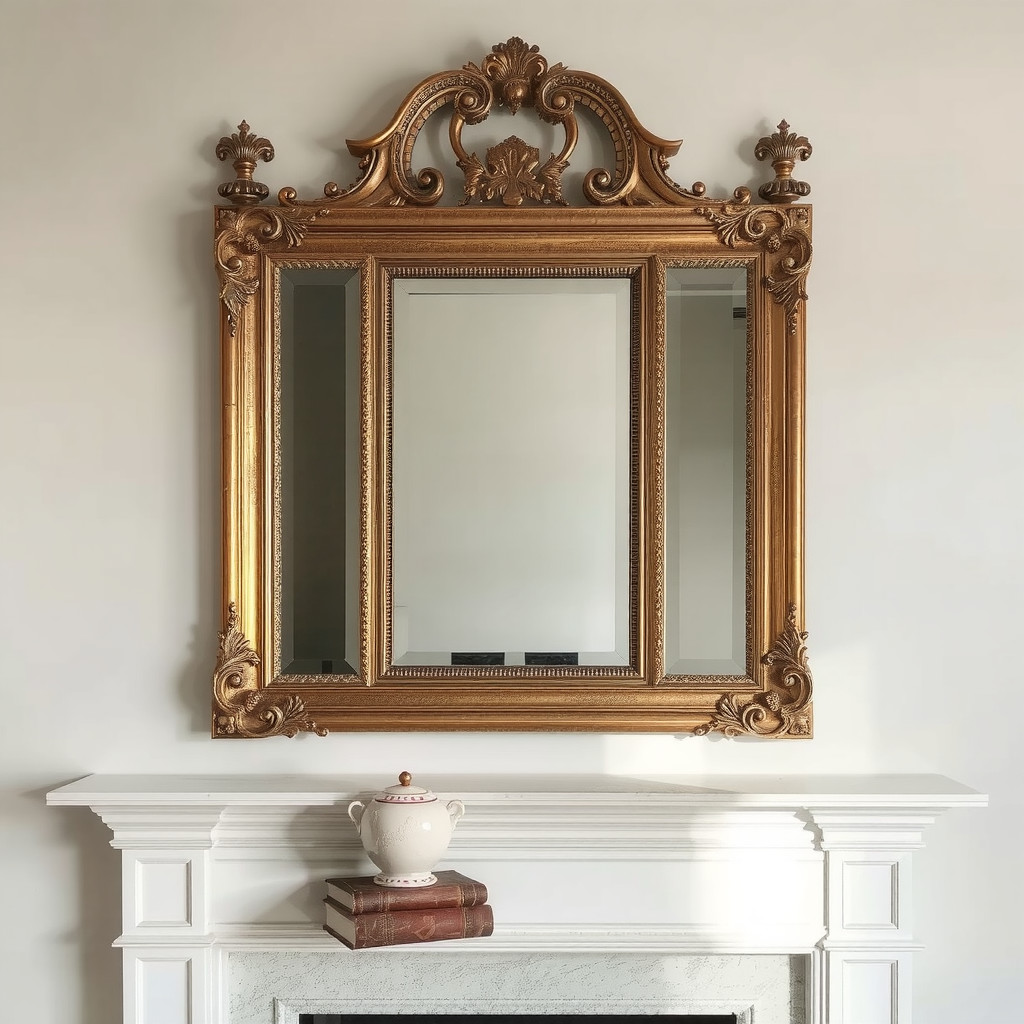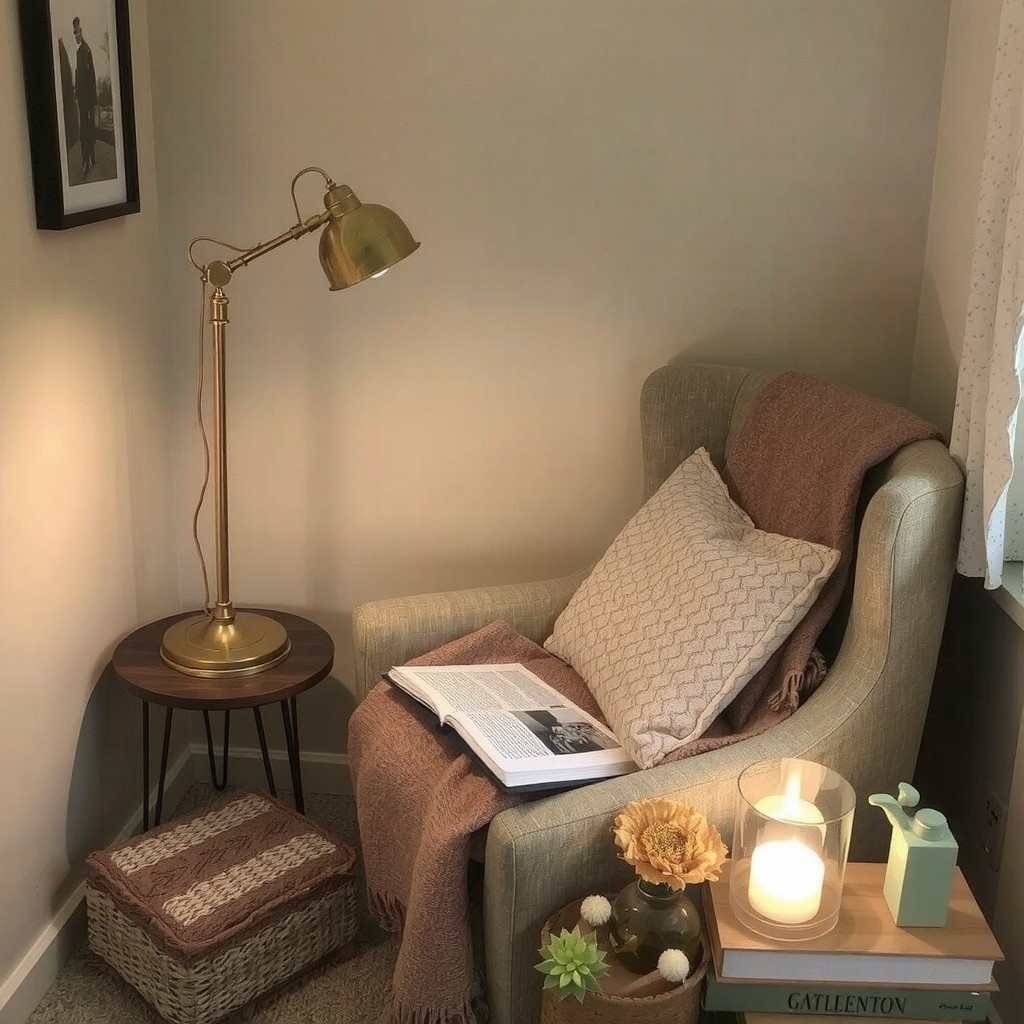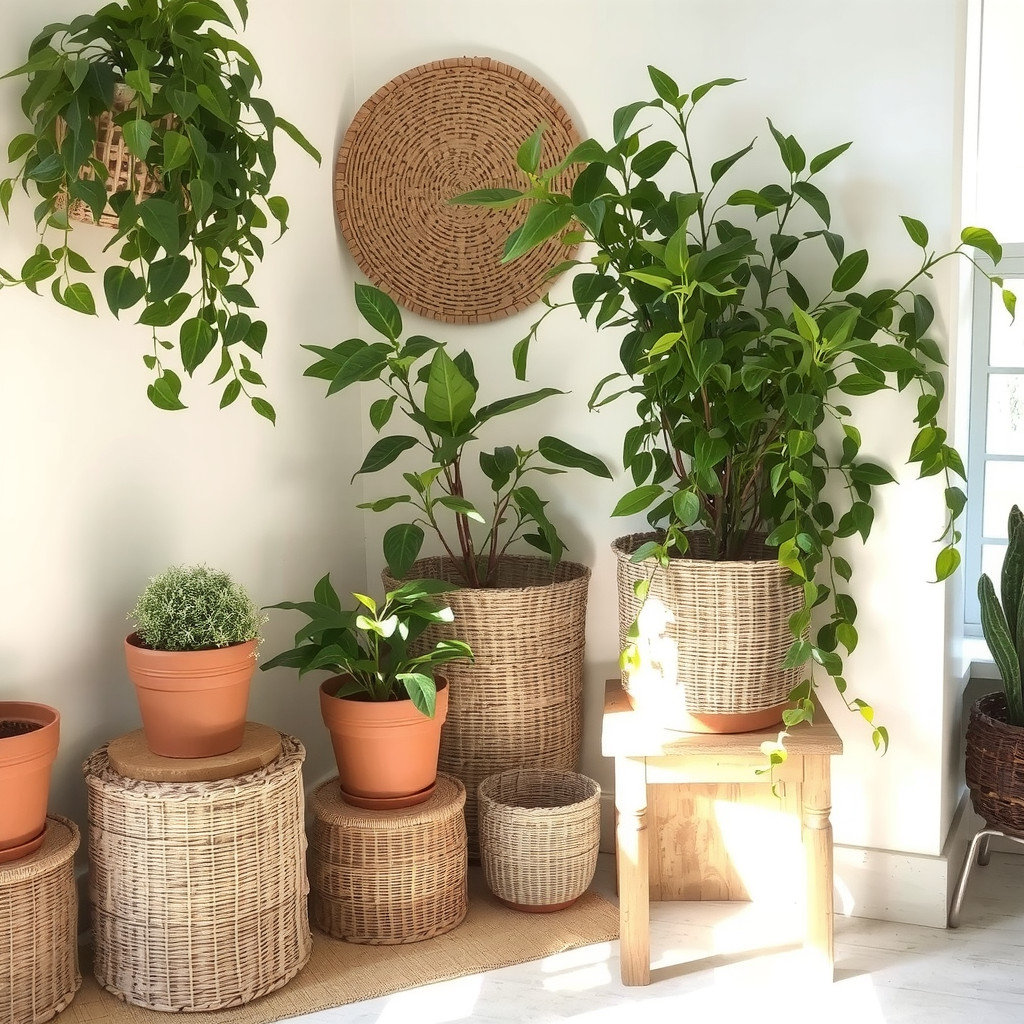ADVERTISEMENT
Introduction
You can build a layered, curated interior from thrifted, vintage, and secondhand finds.
Start by imagining a cohesive palette to unify disparate eras and textures.
Focus on tactile combinations that invite touch and create effortless personality in rooms.
Let each rescued piece tell a story while fitting into your overall aesthetic.

Layout and Positioning
Place larger thrifted pieces first to anchor the room and define traffic flow.
Balance heavier furniture with negative space to avoid a cluttered, chaotic feel.
Pair an antique sideboard against a blank wall to create instant visual calm.
Float a small sofa away from walls to form a conversation-friendly seating group.
Rotate items seasonally to keep arrangements feeling fresh and intentionally curated.

Materials and Textiles
Choose natural fibers like linen, wool, and cotton to temper polished vintage metals.
Layer a handwoven rug over hardwood for warmth and subtle pattern contrast underfoot.
Reupholster thrifted chairs in muted, durable fabrics to modernize old silhouettes.
Mix glossy ceramics with matte terracotta for pleasing tactile and visual tension together.
Swap pillows seasonally to change texture without committing to large purchases or renovations.

Focal Points
Create intentional focal points using one remarkable thrifted item per sightline.
An ornate mirror over a fireplace reflects light and visually expands compact rooms.
Group small vintage objects on a tray to make a calm, edited tabletop display.
Use a bold patterned vintage rug to anchor furniture and guide the eye through space.
Keep surrounding decor minimal so the focal piece feels curated rather than cluttered.

Lighting
Layer ambient, task, and accent lighting to enhance patinated surfaces and layered textures.
Choose thrifted lamps with warm bulbs to create soft pools of inviting, directional light.
Swap shades or update wiring in vintage fixtures to ensure safe function and modern style.
Use mirror placement to amplify natural light and highlight warm brass or aged wood finishes.

Greenery
Introduce easy-care plants to soften edges and enliven thrifted wood and metal tones.
Terracotta pots and woven baskets complement vintage palettes and natural textile choices elegantly.
Place trailing plants on high shelves to add movement without sacrificing floor space or sightlines.
Bring a sculptural plant near a vintage chair to create a lived-in, serene corner.

Tips
- Inspect thrifted furniture for structural integrity and loose joints before committing to purchase.
- Bring a swatch or photo of your palette to the store to ensure harmonious selections.
- Consider simple DIY repairs like sanding, staining, or new hardware for dramatic upgrades.
- Prioritize pieces with good bones and invest in targeted upholstery or professional refinishing.
- Mix eras deliberately and edit consistently to avoid a museum-like or haphazard aesthetic.
- Shop online thoughtfully, checking dimensions and condition photos to prevent disappointing surprises.
ADVERTISEMENT